Album Review: Steve Davis’s We See: A Modern Hard Bop All-Star Triumph

Steve Davis’s latest album We See (Smoke Sessions Records) has garnered widespread acclaim in the jazz world since its release on October 25, 2024. Recorded live at New York’s Smoke Jazz & Supper Club, We See features a dream team of straight ahead jazz veterans, Eddie Henderson (trumpet), Ralph Moore (tenor saxophone), Renee Rosnes (piano), Essiet Essiet (bass), and Lewis Nash (drums), joining Davis in a vibrant celebration of hard bop tradition. Critics have praised the album’s cohesive ensemble chemistry, masterful musicianship, and the spontaneity crackling through its live club recording. In many ways, We See is both a heartfelt homage to jazz’s golden era and a forward-looking statement that this music is very much alive and evolving.
Honoring Tradition with a Fresh Vision
Rather than showcase new originals, We See boldly curates a set of classic jazz compositions by Thelonious Monk, Miles Davis, Freddie Hubbard, Larry Willis, and more and breathes new life into them. Davis pays homage to the hard bop jazz legacy that shaped his career while keeping the tradition alive for new explorations. Indeed, the album draws its title from Monk’s tune “We See,” signaling the leader’s deep appreciation for jazz history. Many critics noted that Davis’s careful selection of familiar material results in a cohesive musical narrative for the album. What could have been a mere repertory exercise instead becomes a small miracle, We See manages to preserve the spirit of the originals while bringing Davis’s own vision to the fore. This balance of reverence and reinvention is key to the album’s charm. In an era when tribute albums are common, Davis’s broad artistic vision makes these well-worn tunes feel modern and interesting again, proving that straight ahead jazz can still surprise and delight even the most seasoned listeners.
The Live Spark: Spontaneity at Smoke
Part of what sets We See apart is its live recording context an aspect that nearly every review highlighted. The album was captured during a concert at Smoke Jazz Club as part of the venue’s 25th anniversary series, and that club atmosphere infuses the music with extra heat and immediacy. Davis deliberately kept formalities to a minimum on stage: “We had very little written music on stage, so we could maintain a very natural, spontaneous feeling,” the trombonist notes. Critics have pointed out that this approach pays off in the recording the performances exude an organic, loose but tight energy that studio albums often lack. You can practically hear the band’s enjoyment of the moment. Pianist Renee Rosnes described the Smoke sets as “filled with excitement, discovery, and good vibes,” a sentiment that radiates through every track. The Jazz Word praised the album’s spontaneity and infectious interplay, calling it a reminder of the vitality of straight-ahead jazz when played by masters of the craft. Even the more structured moments feel alive; the music stays natural, organic in its flow the improvised sections never meander but instead feel tightly in sync, a testament to the band’s seasoned rapport. In short, the live club setting ignites We See with an extra spark, giving listeners the vicarious thrill of being in the room with an elite band firing on all cylinders.
Revitalizing the Jazz Canon: Standout Tracks
From its first tune to its last, We See delivers inspired readings of jazz classics, each with its own highlights. The album launches with a bang on “Milestones,” the Miles Davis modal classic. Right from the downbeat, the sextet’s horns cook on all cylinders, establishing a hard-swinging groove that critics described as “a cooker.” They reinvigorate this familiar tune with solos that make a statement: Davis’s trombone is warm and lyrical with flashes of bebop fire, while Henderson’s trumpet and Moore’s tenor interweave lines that soar. This exciting opener sets the tone for the album both reverent of its roots and unafraid to push forward.
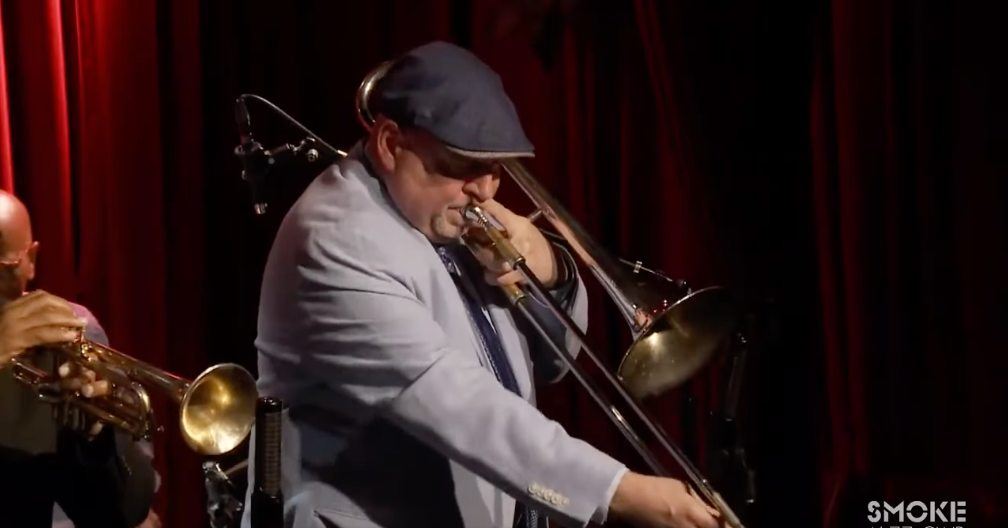
After the rousing start, the program eases into more smoldering territory with “To Wisdom, The Prize.” This Larry Willis composition carries special weight, as Willis was a mentor and close collaborator of Davis. The sextet’s rendition is a touching tribute reverent in mood yet full of quiet intensity. Over a relaxed Latin-tinged groove, the rhythm section demonstrates deep chemistry, grounding the straight-eight feel while still propelling the music forward. Rosnes delivers an outstanding piano solo here tender and melodic but with playful twists and Davis follows with a trombone solo that starts thoughtfully then builds into bright, expressive bop lines, fueled by Nash’s responsive drumming. In lesser hands this mid-tempo tune could have been dull, but here it sizzles with unsnobbish sophistication and genuine heart.
The album’s title track, “We See,” arrives as a centerpiece, encapsulating the project’s spirit. This Monk tune is known for its quirky bounce, and Davis’s band absolutely nails Monk’s unflappable mid tempo groove. Davis solos with flair and a round, creamy sound, fully capturing the playful Monk spirit. Lewis Nash’s melodic drum solo sets the stage, grabbing the ear before the horns enter in three part harmony with exuberant swagger. Moore’s tenor ride is buoyant and playful, while Henderson’s trumpet is sophisticated fun, balancing finesse with fiery attack. Davis engages in a dialogue with Nash as the drummer shifts seamlessly between brushes and sticks, Davis intensifies his phrases in tandem. That kind of telepathic interaction only comes from a band with deep shared roots, making this track a joyful standout.
The second half of We See continues delivering highlights. Freddie Hubbard’s “Up Jumped Spring” receives a fresh, up tempo waltz treatment, with Rosnes introducing the tune through a gorgeous reharmonization. When the full band enters, the three horn counterpoint and brisk 3/4 swing feel give the tune a lively, dancing quality. Next comes the evergreen standard “Star Eyes,” which the band turns into a groove oriented showcase. Rosnes cooks like she’s frying an egg, delivering bluesy chord stabs and sparkling runs, while Davis keeps throwing butter on the fire trombone slides and riffs that stoke the heat underneath the soloists. By this point, the band is locked in as a collective, moving together like a single entity and building a lush rhythmic foundation.
On the sultry side, the sextet tackles Monk’s ballad “Ask Me Now.” This bonus track gives the band a chance to show its lyrical chops. Moore’s tenor is in velvety form, caressing Monk’s melody with a warm, buttery tone. Essiet steps forward, displaying his focused and melodic approach to soloing, underlining the bassist’s ability to be both grounding and expressive. Rosnes’s accompaniment is delightfully lyrical, and Nash’s use of brushes adds a soft, swinging cushion for the horns. It’s a brief, beautiful interlude of intimacy amid the album’s mostly high energy material.
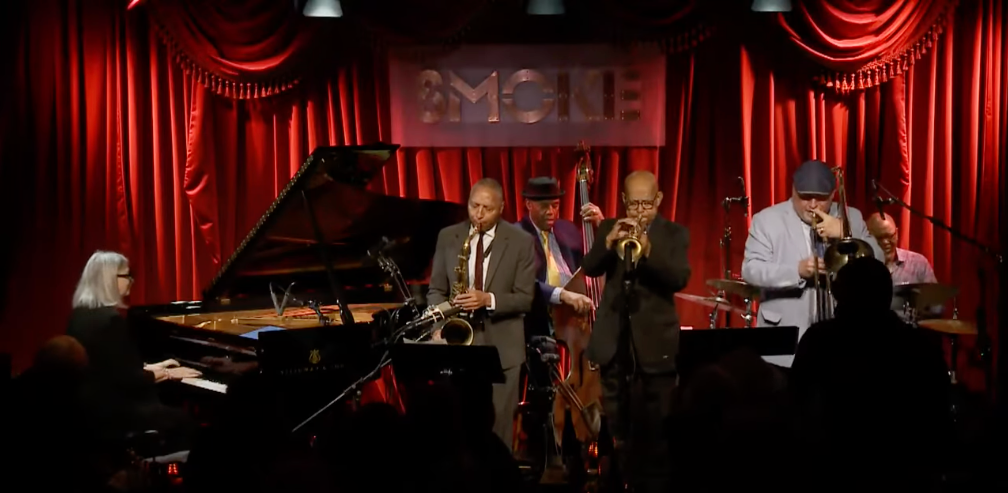
Fittingly, We See concludes by coming full circle to Miles Davis with “All Blues.” The group pays homage to the iconic arrangement yet injects an invigorating collective flourish into the finale. The three horns riff over the famous vamp, bouncing like a super ball in call and response fashion. The groove is deep and unhurried, allowing each player a final statement. Henderson and Moore trade soulful licks, Davis slides in with blues-drenched trombone lines, and Rosnes comps with churchy authority. Nash gets the last word with a subtle drum fill, cueing the club audience’s applause. Ending with “All Blues” underscores that this project is as much about looking back at jazz history as it is about moving forward with that legacy. It’s a satisfying conclusion to a jam-packed set of swinging uptempo romps, mid-tempo hard-bop grooves, a tender ballad, and a down-home blues all expertly rendered by a band at the top of its game.
All-Star Performances and Telepathic Chemistry
One reason We See succeeds so resoundingly is the caliber of the musicians involved. This album unites six jazz heavyweights, and critics unanimously praised how each member shines both individually and as part of the unit. Steve Davis, celebrated as one of today’s premier trombonists, mixes bebop rooted dexterity with a warm, lyrical touch. His horn has a mellow, round, creamy sound even at brisk tempos and he can turn on a dime from silky legato phrases to rapid bop lines. Davis’s solos tell a story, balancing rich tone and inventive harmonic sensibilities with a storyteller’s phrasing. More importantly, Davis as bandleader fosters an environment where his fellow musicians flourish, keeping the sound balanced even with three strong horn voices up front.
Trumpeter Eddie Henderson, a longtime friend of Davis, brings firepower and finesse in equal measure. Now in his 80s, Henderson plays with undiminished vigor. Critics praised his commanding presence on trumpet and rhythmic playfulness as he nudges and slides around the beat. His experience and charisma perfectly foil Davis’s trombone voice.
Tenor saxophonist Ralph Moore delivers energized solos that reminded reviewers of his early days with the masters. Moore’s playing is fiery and hard swinging yet capable of great lyricism: on the ballad “Ask Me Now,” his velvety sax tone conveys warmth and sensitivity. In three horn arrangements, Moore often takes the middle voice, and his blend with Henderson and Davis is seamless, showcasing the depth of shared experiences in the jazz tradition.
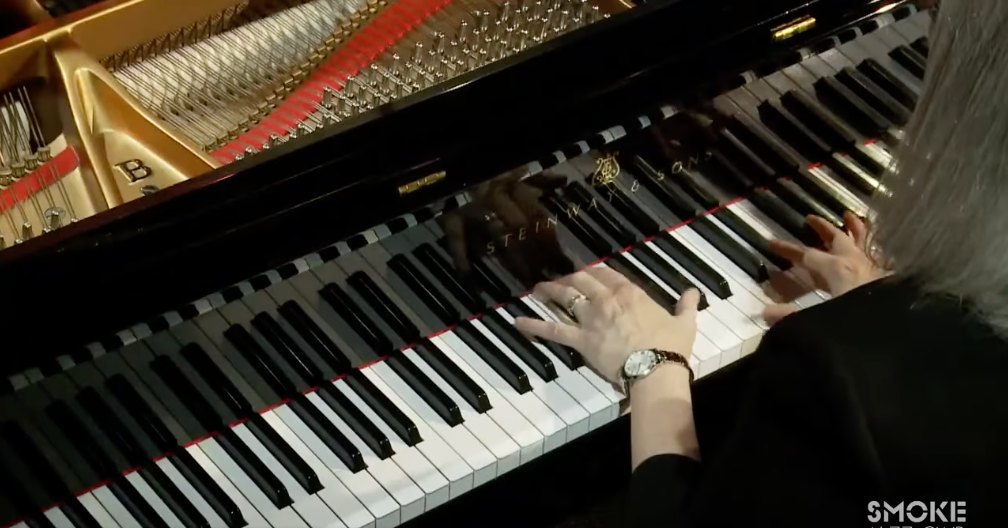
Pianist Renee Rosnes emerges as the secret sauce of the rhythm section. Her comping is tasteful and supportive, and her solos are inventive and commanding. Rosnes injects modern harmonies and rhythmic ideas that keep straight-ahead arrangements sounding fresh. Her solos on “Milestones,” “To Wisdom, The Prize,” “Up Jumped Spring,” and “Star Eyes” are among the album’s most ear-catching moments, and her dynamic interaction behind the horns demonstrates deep engagement in the group conversation.
Bassist Essiet Essiet and drummer Lewis Nash form the rock-solid engine of the band. Essiet’s bass is strong and melodic, providing an unshakable walking pulse on the fast tunes and a singing tone on the ballads. Nash’s drumming is a masterclass in tasteful propulsion, driving hard-bop rhythms with crisp ride cymbal beats and snapping snare figures, then turning to brushes on a ballad. Nash shapes the music dynamically, propelling tunes into energetic exchange and popping with excitement. Together, Essiet and Nash demonstrate supreme synchronicity and deep listening, creating an environment where the music can breathe, swing, and explode at just the right times.
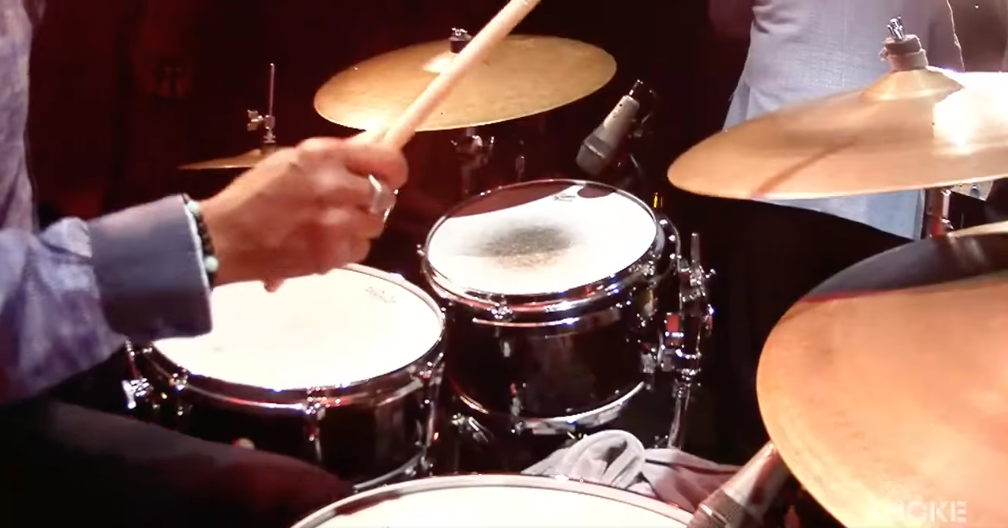
While each member is a star, We See is very much an ensemble recording. Commentators marveled at the unity and interplay on display. Solos flow naturally, horn arrangements are voiced so that the frontline moves as one when needed, and there’s a palpable joy of collaboration. Listening to We See feels like being in a room with old friends, sharing memories and making new ones through music. That late night jam session vibe runs throughout the album, yet the execution never loses polish or focus. Such a balance of looseness and precision comes only from masters of the craft.
Reception and Impact on the Jazz Scene
Across the board, We See has been met with enthusiastic praise from jazz journalists and aficionados, solidifying its place as one of the standout jazz releases of late 2024. Reputable outlets lauded the album for delivering exactly what hard-bop fans crave – with some even placing it in “best of” considerations. Critics highlighted the album’s cohesion, quality of material, and live spontaneity, noting that the chemistry and joy emanating from this recording left a deep impression on listeners. The consensus is clear: We See celebrates tradition while sounding utterly fresh.
Several reviewers remarked on how We See stands out in the contemporary jazz scene for its unapologetically straight-ahead approach. In an era when many jazz albums blend genres or pursue abstract experimentation, We See feels refreshingly classic without slipping into nostalgia. Even skeptics of cover albums admitted that We See won them over, calling it “a small miracle” and “indispensable” listening. Such accolades speak to the album’s ability to impress even the hardest-to-please jazz critics.
If there is any caveat, it’s that the album isn’t out to forge radically new paths – but critics agree that this misses the point. Steve Davis’s sextet delivers a textbook example of how to honor the repertoire: revealing the beauty of the compositions and the artfulness of the players without lapsing into rote nostalgia. We See reminds us that when seasoned artists play timeless tunes with authenticity, creativity, and heart, jazz’s tradition remains an endless well of inspiration. It’s a terrific project any jazz fan would be happy to while away the hours with, representing a welcome return to excellence for Davis and crew.
In the broader jazz community, We See’s success underscores the vitality of the live jazz circuit and the value of institutions like Smoke Jazz Club and Smoke Sessions Records. By capturing this lightning-in-a-bottle performance, the album connects listeners to the living tradition, offering the next best thing to being at an actual gig. The project’s name, We See, speaks to a shared vision among these musicians and listeners, seeing the music together in the moment. Davis himself reflected, “We’ve seen a lot, both collectively and individually, and we continue to see and seek even more today.” That forward-looking sentiment, coming from an artist so firmly grounded in the lineage, encapsulates what makes We See special: a hard-bop tour de force that honors the past and sparkles in the present.
This review was created by Peter Antheunis.
Sources: Becker, Jeff. “Steve Davis, We See Review.” Jazz Sensibilities, November 6, 2024, De Clemensat, Thierry. “Steve Davis – Wee See (ENG review).” Paris Move, October 8, 2024, Harris, George W. “Steve Davis: We See.” Jazz Weekly, October 7, 2024, Carmel. “Steve Davis – We See (Review by Carmel).” JazzMusicArchives, November 6, 2024, Rega, Konstantin. “Steve Davis: We See.” Spectrum Culture, November 18, 2024, The Jazz Word. “Steve Davis, We See Review.” The Jazz Word, November 2024, Van de Linde, François. “Reviewed: Steve Davis – We See…” Jazz Journal, February 2, 2025.




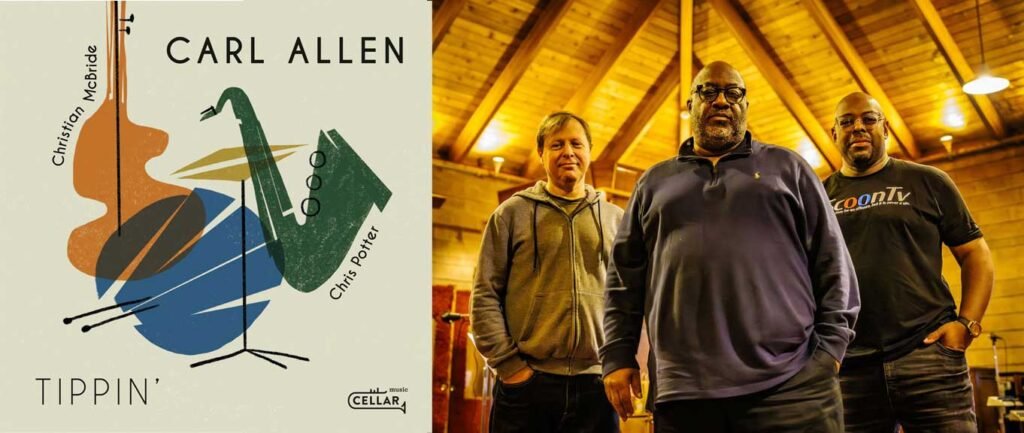

Wow! that’s what you call an ALL STAR BAND! Amazing!